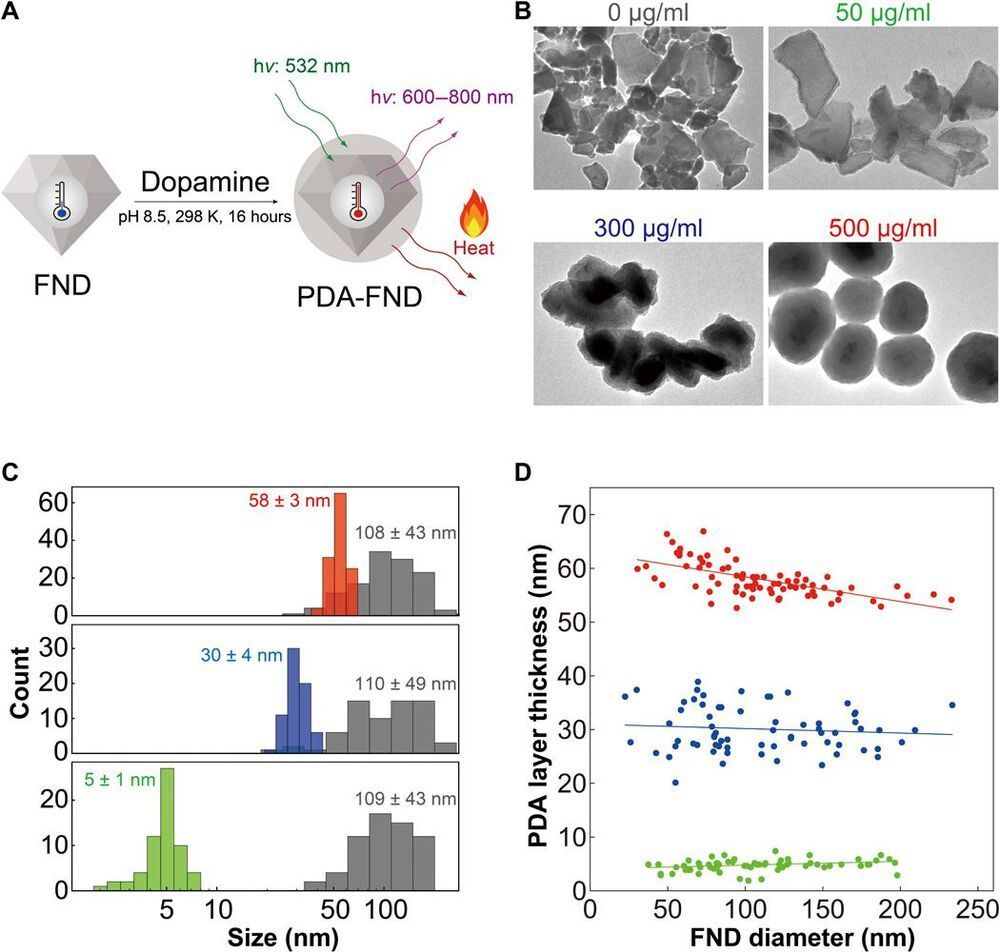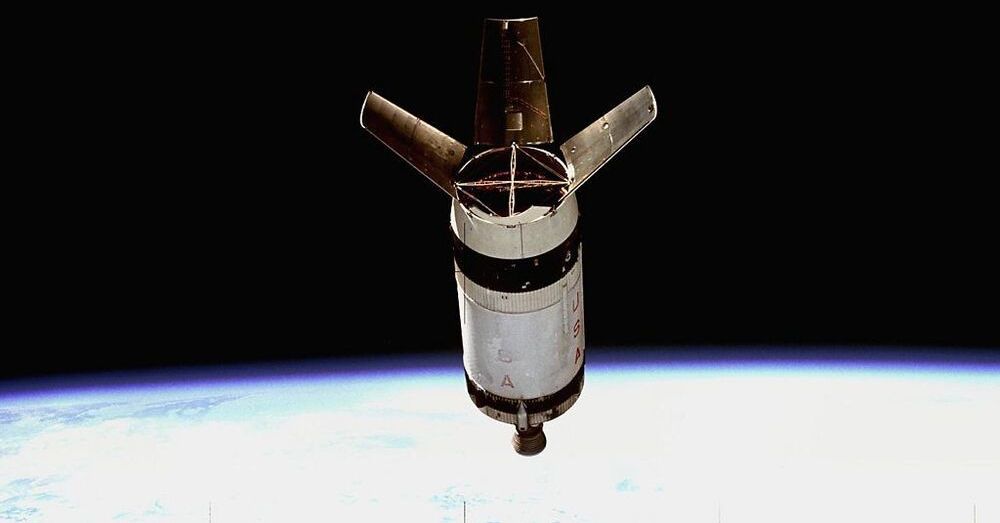New apple car concept design!






Understanding heat dissipation processes at nanoscale during cellular thermogenesis is essential to clarify the relationships between the heat and biological processes in cells and organisms. A key parameter determining the heat flux inside a cell is the local thermal conductivity, a factor poorly investigated both experimentally and theoretically. Here, using a nanoheater/nanothermometer hybrid made of a polydopamine encapsulating a fluorescent nanodiamond, we measured the intracellular thermal conductivities of HeLa and MCF-7 cells with a spatial resolution of about 200 nm. The mean values determined in these two cell lines are both 0.11 ± 0.04 W m−1 K−1, which is significantly smaller than that of water. Bayesian analysis of the data suggests there is a variation of the thermal conductivity within a cell.

Using state-of-the-art plasma technology to make cheap fertilizer for small farmers may sound like magic, but it has now become reality. Researchers at Eindhoven University of Technology (TU/e) have built a small plasma-powered plant that produces nitrogen-based liquid fertilizer only using sun, water and air. “The plant is easy to set up, sustainable and very efficient,” says TU/e researcher Fausto Gallucci, who together with partners in Africa, Germany and Portugal has done successful tests of the device in Uganda. “We now want to bring the mini-plant to the market, so that it becomes available to farmers around the world.”



